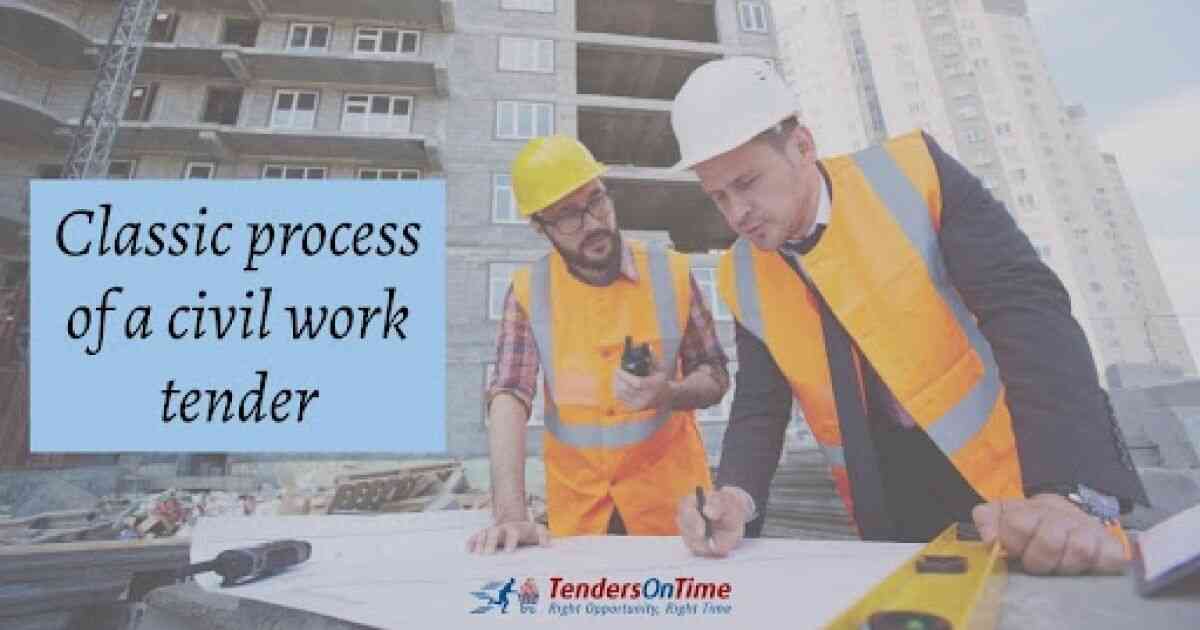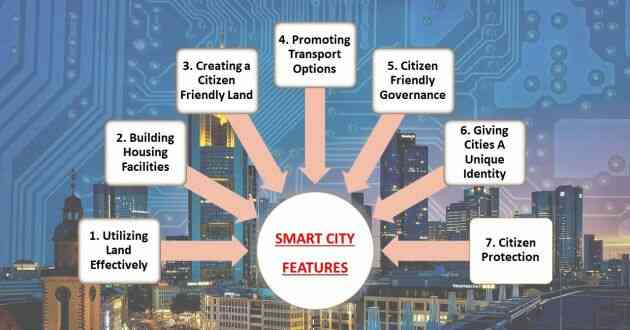Classic Process Of A Civil Work Tender

This article aims to describe the tender process of a typical commercial construction project in detail.
To begin with, a tender is a submission made by a prospective supplier in response to an invitation to tender (ITT). It makes an offer for the supply of goods or services. An invitation to tender might be provided for a wide range of contracts in the civil works sector. A few common ones being equipment supply, the main construction contract, demolition, enabling works, etc.
- Invitation to tender
An invitation to tender may follow the completion of a pre-qualification questionnaire (PQQ) in response to an advert posted by the client and perhaps a pre-tender interview. The client can utilize various offline and online mediums to reach the perfect supplier. A pre-qualification questionnaire and pre-tender interview are critical in order to enable the client to produce a shortlist of suppliers that are likely to be most appropriate for their particular project who will then be invited to tender. This procedure has proven to not only reduce inefficiency but also reduces wasted effort in the tender process.
An invitation to tender might include:
- A letter of invitation to tender;
- The form of tender;
- Preliminaries (including pre-construction information and site waste management plan);
- The form of contract, contract conditions and amendments. (This might include a model enabling amendment if Building Information Modelling (BIM) is being used for contract documentation);
- Employer's information requirements (This is required only if BIM is being utilized);
- A tender pricing document (or contract sum analysis on design and build projects);
- A construction drawing schedule (Design drawings and Specifications).
Ideally, civil works tender documents should be broken down into a series of packages. This is recommended to have provision for sub-contracting. This classification in the design and documentation makes the tender easier to price for the contractor and easier to compare with other tenderers for the client. On the other hand, it is critically vital to ensure when this division is done, that the interfaces between these individual packages are properly identified and clearly allocated to one package. Having too many packages increases the number of interfaces and also the potential problems so make sure you are not making too many divisions.
- Clarification
At this stage, the client and the potential suppliers arrange for Mid-tender interviews which allows scope for clarification of matters. This step is important and unavoidable as it avoids inaccurate tender being submissions saving you a lot of time and effort. It’s a great idea for the suppliers to discuss potential problems or opportunities in the project with the client, with respect to the tender documentation shared.
Last but not the least, it is important that any clarification, additional information or changes to the tender documents are circulated to all of the tendering parties involved to ensure all parties are on the same page.
- Submission
In response to an invitation to tender, invited tenderers/suppliers will submit their tender documentation, which will include their price for supplying the goods or services along with proposals for how the client's requirements will be satisfied efficiently.
The precise content of tenders will vary considerably but commonly include:
- A tender return slip, with details of the contract, including information such as return address, contact details and tender checklist;
- A completed tender pricing document;
- Schedules of rates;
- An initial construction plan (recommended phase-wise);
- Any design proposals or method statements that have been requested;
- Procedures to be adopted, such as procurement procedures and cost management procedures;
- Demonstration of capability, for example, design capability, systems used etc;
- A BIM execution plan (only if building information modelling is being utilized in the project)
- Key project personnel who will be involved in this project (Submit their prior work experience and qualification via their CVs);
- Management organisation;
- Plant and labour resource allocation and availability;
- Prior experience and references of your company.
- Variant bids
This process is basically when the tenderer believes that what they are proposing offers better value for money. Variant bids refer to “Alternative or non-compliant proposals” which means requesting a revised bid document. However, non-compliant proposals should only be submitted if they have been requested and should be accompanied by a compliant proposal.
- Settlement
Once the client has identified the preferred/most apt tenderer (this may involve further interviews) they may hold a tender settlement meeting to enter into the negotiation stage. This step may sometimes result in the further adjustment of the tender documents and the submission of a revised tender.
- Contract engrossment and execution
Contract engrossment is the process of preparing the final agreed form of contract and its schedules and appendices so that it can be executed with clarity. Contract execution as the name suggests is the process of signing an agreed contract, after which its terms become binding on the parties to the contract.
The above-mentioned step-wise process for a typical civil work tender is not only robust in nature but also has proven big wins in the tendering industry. TenderOnTime, an online tender aggregator provides you with the most lucrative and latest, local as well as global construction tenders online with its advanced keyword search mechanism.



